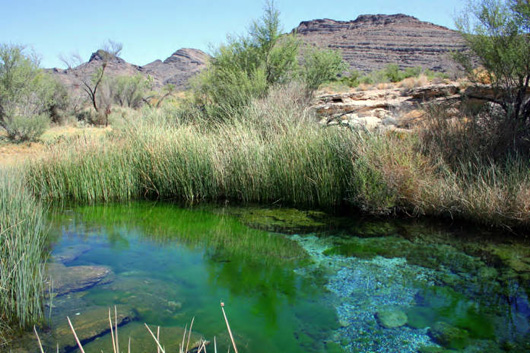National Wildlife Refuges Renew the Land
By Susan Morse
The refuge whose beauty awes you may once have been an arsenal, a waste dump or abandoned farm field. National Wildlife Refuge Week, Oct. 14-20, is a fine time to learn how national wildlife refuges renew damaged land and make it flourish again.
In the Midwest, staff at Neal Smith National Wildlife Refuge in Iowa and the Northern Tallgrass Prairie National Wildlife Refuge in Iowa and Minnesota are engaged in two of the world’s largest restorations of tallgrass prairie. They’re cultivating native plants that once covered the Plains before over-plowing depleted the soil, worsened seasonal flooding and nearly wiped out many species. Through their efforts, the land is returning to health and again sustaining bison, elk, butterflies and grassland birds.
 The Sawtooth sunflower is also known as the 'thick-toothed sunflower". This native perennial wildflower can reach up to 12 feet tall. (Photo: USFWS)
The Sawtooth sunflower is also known as the 'thick-toothed sunflower". This native perennial wildflower can reach up to 12 feet tall. (Photo: USFWS)





